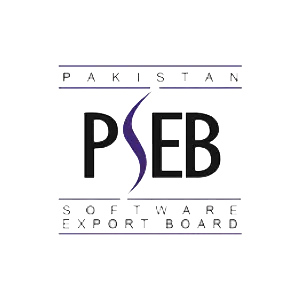Search Engine Optimization (SEO) is crucial for businesses aiming to thrive online. With billions of daily searches, search engines serve as the primary gateway to internet content, offering opportunities for increased visibility and organic traffic. Understanding SEO is essential for building an online presence, engaging target audiences, and achieving sustainable growth in the competitive digital market.
Moreover, graphic design plays a pivotal role in enhancing SEO strategies, including visual content optimization. While traditional SEO focuses on text-based material, incorporating visually attractive graphics like infographics, photos, and videos can significantly boost engagement and retention rates. Well-designed graphics not only improve content shareability on social media but also contribute to lower bounce rates and longer visitor stays on websites, critical metrics for search engine ranking algorithms.
Additionally, website design holds immense importance in shaping business legitimacy and credibility. Research shows that 75% of individuals base their perception of a website on its design, highlighting the significance of visually appealing content. Moreover, 48% of respondents prioritize website design as the most crucial aspect in determining a business’s credibility. Effective visuals, including photos, films, and infographics, not only enhance user experience but also substantially increase search engine exposure and ranking. By captivating online viewers with compelling content, businesses can significantly boost their visual visibility and overall success in the digital landscape.
Key Takeaways
- Role of SEO and Graphic Design: SEO is vital for online visibility and growth. Graphic design enhances SEO by making content more engaging, leading to better retention and sharing, which improves search engine rankings.
- Visual Content in SEO: Visual elements like images, infographics, and videos are increasingly important in SEO. Properly optimized visuals (using file names, URLs, and ALT text) can boost search engine rankings and online presence.
- Impact on Credibility: Good website design significantly influences user perception. High-quality visuals can enhance user experience, increase credibility, and improve SEO performance by reducing bounce rates and increasing visitor engagement.
- Optimization Practices: Key practices for visual content optimization include selecting the right file formats, compressing images, using descriptive alt text, and integrating relevant keywords into visual content like infographics and videos.
- Enhancing User Experience: Visual content improves user engagement and experience. Compelling visuals like videos, infographics, and interactive animations can increase click-through rates, social media shares, and overall user satisfaction.
- Integrating Visuals: Effective SEO strategies involve integrating visuals with textual content, conducting keyword research, and maintaining consistent visual branding across all platforms to enhance search engine visibility and user engagement.
- Tools and Technologies: Tools like Adobe Photoshop, Canva, Yoast SEO, Ahrefs, and SEMrush are essential for creating and optimizing visual content. Emerging technologies like AI, AR, and VR are reshaping the landscape of visual SEO.
- Challenges and Pitfalls: Balancing SEO criteria with aesthetic appeal is crucial. Understanding metrics, managing copyright issues, and prioritizing user experience are essential to optimize visual content and avoid legal complications.
The Basics of SEO and the Role of Visual Content
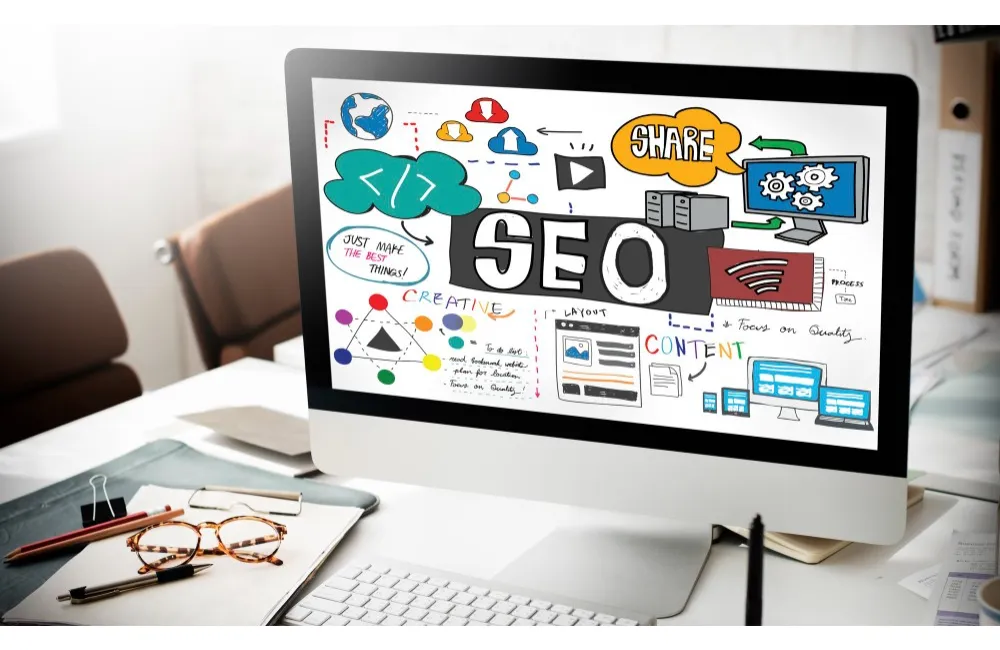
A digital marketing tactic known as search engine optimization (SEO) is geared towards enhancing a website’s visibility and positioning in search engine results pages (SERPs), thus augmenting its relevance and authority for search engine ranking. This multifaceted approach involves refining various aspects of the website, including content, structure, and technical elements, to align with the criteria set by search engine algorithms, such as those employed by Google, Bing, and Yahoo.
The evolving landscape of search engine algorithms has brought about a convergence in the treatment of visual content and text-based content, significantly impacting search engine ranking dynamics. Key factors such as image sitemaps, file names, URLs, and ALT text play pivotal roles in ensuring the accessibility, relevance, and optimization of visual content. Consequently, strategically integrating visual content with SEO efforts has become imperative for maximizing search engine ranking potential and bolstering digital presence.
Furthermore, there has been a notable shift in search engine algorithms towards prioritizing visual components, marking a departure from the traditional reliance on text-based cues for assessing authority and relevance. While keywords, meta tags, and backlinks previously held sway in search engine evaluations, the proliferation of visual content online has prompted algorithms to place greater emphasis on effectively indexing, ranking, and presenting visual material. This underscores the increasing significance of incorporating visual elements into SEO strategies to adapt to evolving search engine dynamics and achieve optimal digital visibility.
Graphic Design Elements that Influence SEO
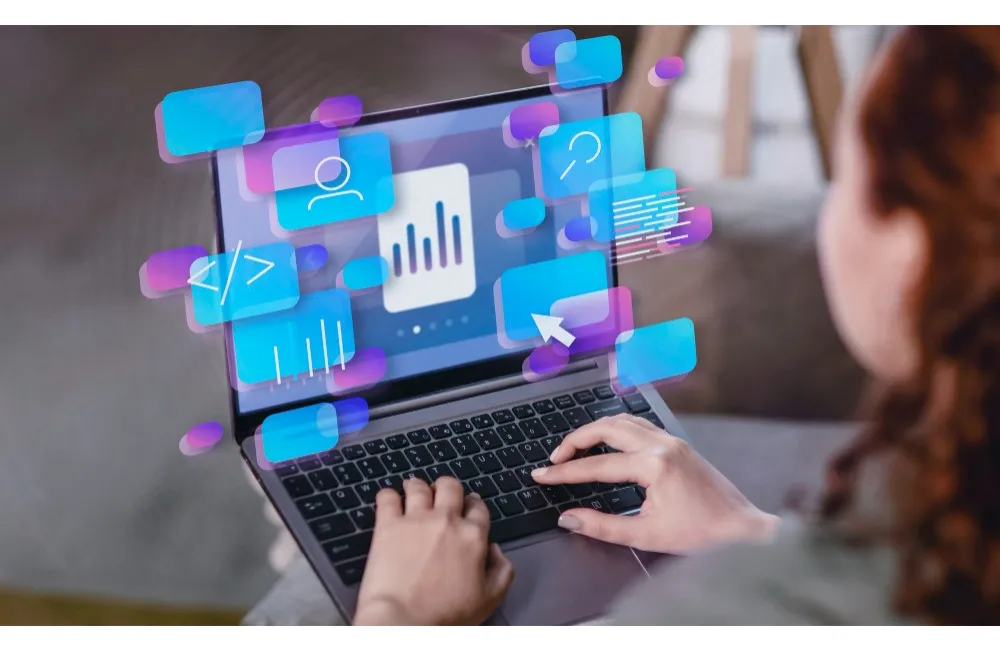
When delving into graphic design, several key elements significantly impact SEO performance. These include photos, infographics, videos, and animations, all playing a vital role in shaping search engine optimization discoverability. By integrating these crucial graphic design components into website content, businesses have the opportunity to elevate their online presence, attract organic traffic, and ultimately improve their search engine rankings. Achieving this involves optimizing these components with relevant keywords, detailed content, and captivating imagery, including those enhanced with tools like a background remover.
Optimization, relevance, and visual appeal are paramount for enhancing SEO effectiveness and driving organic traffic to websites. These factors—visual appeal, relevance, and optimization—carry significant weight for several reasons. Ultimately, SEO heavily relies on the quality, relevance, and optimization of visual content. By prioritizing relevant, high-quality images and ensuring their proper optimization, businesses can enhance their online visibility, attract more organic visitors, and ultimately climb higher in search engine results pages. But one thing you always have to keep in mind: never use blurry or bad quality images. Sometimes image optimization tools blur the images, or if you already have some images that are blurry and you want to use them, never use them as they are. First, you should enhance those images using a photo enhancer, then compress and use them.
Furthermore, seamlessly integrating graphic design with textual content is important for crafting a holistic SEO strategy. While visual elements such as photos, infographics, videos, and animations enhance overall user experience, engagement, and effective communication of complex information, textual content remains indispensable for both users and search engines alike. By thoughtfully blending graphic design elements with textual content, businesses can effectively captivate visitors, prolong their website engagement, reduce bounce rates, and ultimately improve search engine rankings.
Optimizing Visual Content for SEO

Improving SEO performance involves visual content optimization, with several recommended practices facilitating this process. First, selecting the appropriate file format—JPEG for photos, PNG for transparent images (to remove photo backgrounds, there are multiple free tools on the internet), and SVG for vector drawings—is crucial. Effective picture compression reduces file size without compromising quality, thereby accelerating page loading, a vital aspect of SEO. Furthermore, ensuring each image has descriptive alt text enhances accessibility and aids search engines in comprehending the content and context.
Infographics serve as essential tools for conveying complex information in an SEO-friendly manner, enhancing user engagement and sharing. They make content more digestible and visually appealing, fostering backlinks and sharing, crucial for SEO. Additionally, infographics contribute to better content retention, lowering bounce rates and increasing dwell time—metrics pivotal for search engine assessment of relevancy and user experience. Optimizing infographics with relevant keywords in titles, captions, and alt text can further boost a website’s visibility in search results, particularly in image searches.
On the other hand, enhancing a website’s search engine presence and driving organic traffic also entails optimizing animations and videos. Utilizing relevant keywords in video titles, descriptions, and tags is essential for search engine comprehension of content meaning and context. Providing transcripts and detailed descriptions enhances accessibility and ensures proper indexing by search engines. Hosting videos on platforms like Vimeo and YouTube increases the likelihood of appearing in search results due to their strong domain authority and search exposure.
Enhancing User Experience with Graphic Design
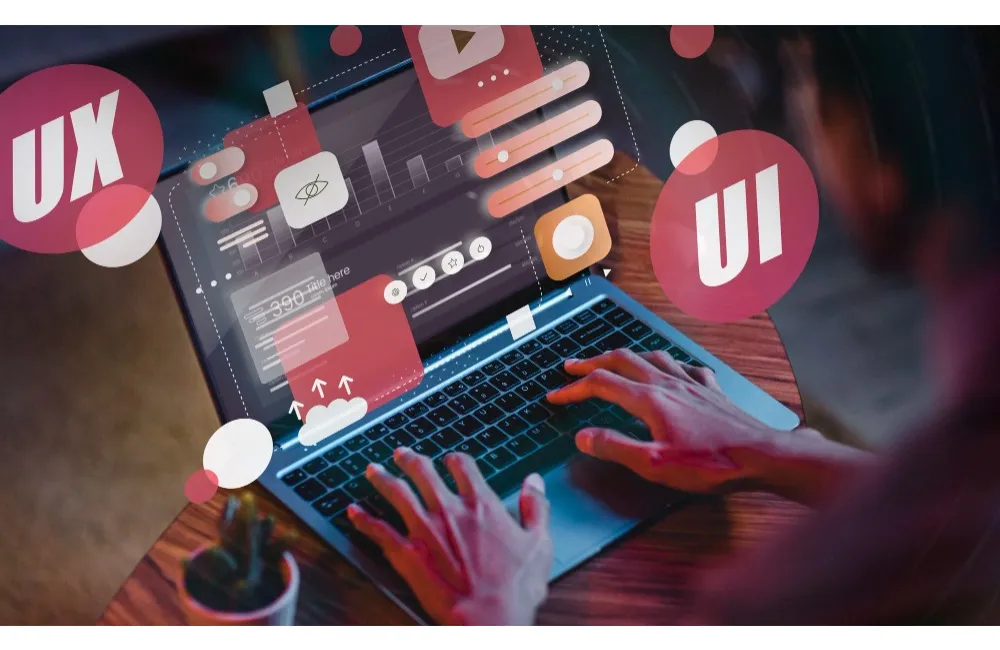
Visual content significantly enhances user experience and engagement metrics on websites, facilitated by graphic design. Compelling films, infographics, interactive animations, and high-quality photos captivate visitors, extending their stay and reducing bounce rates. Studies indicate that users are more inclined to interact with visual content, leading to higher click-through rates and increased social media shares, fostering credibility and trustworthiness. Additionally, ensuring accessibility for all users, including those with disabilities, is integral to enhancing user experience with graphic design. This is achieved through strategies like providing meaningful alt text for images and graphics, and catering to users reliant on screen readers.
Moreover, graphic design has been instrumental in improving SEO and user experience for numerous websites, exemplified by industry leader Moz. By employing eye-catching images, illustrations, and infographics, Moz simplifies complex SEO concepts, enhancing user engagement and promoting content exploration. This visually appealing approach not only captures visitors’ attention but also extends dwell durations, contributing to overall user satisfaction and website performance. As businesses increasingly recognize the value of visual content in SEO strategies, integrating graphic design into digital marketing efforts becomes essential for staying competitive in today’s online landscape.
Integrating Visuals into SEO Strategies
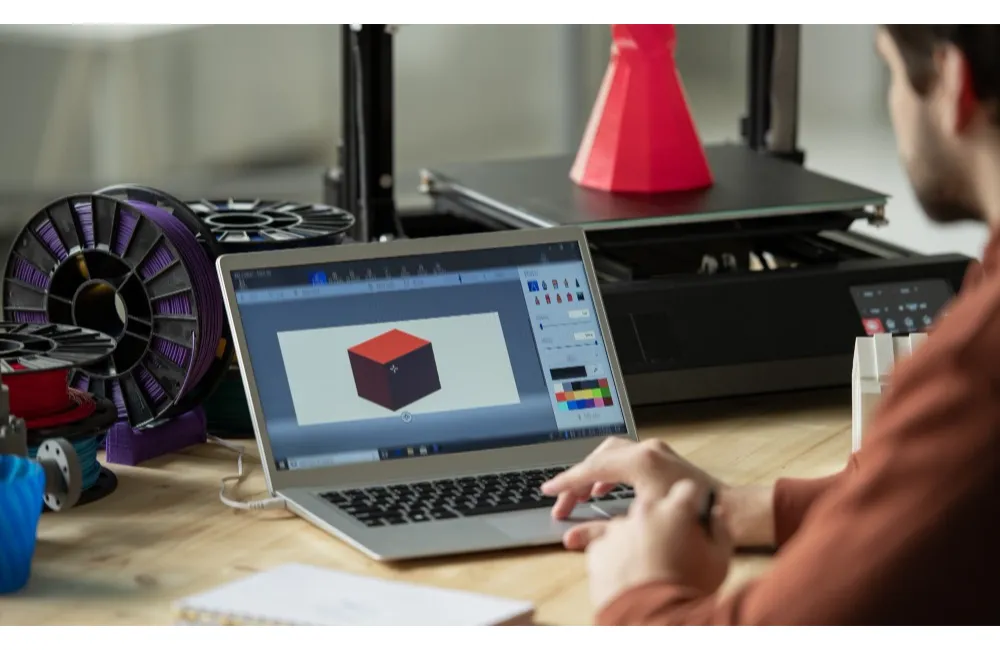
Improving search engine visibility and user experience necessitates the integration of graphic design into overall SEO strategies. The initial step involves conducting thorough keyword research to identify relevant topics and search terms that can be complemented with visual content. This approach aids in content planning, where visual elements like photos, infographics, videos, and animations are thoughtfully incorporated to augment textual content and captivate readers. Consistency in visual branding is paramount for graphic design in SEO, as it establishes a credible and recognizable identity appealing to both users and search engines. A cohesive visual brand identity applied across all digital platforms, including websites, social media profiles, and marketing materials, enhances brand authority and trustworthiness.
Strategic utilization of social media is imperative for maximizing the SEO benefits of visual content. By sharing visual material across social media platforms like Pinterest, LinkedIn, Instagram, Twitter, and Facebook, businesses can reach a broader audience and engage diverse demographics. Moreover, optimizing social media profiles with relevant keywords and links can significantly enhance search engine visibility, driving more traffic to the website. Encouraging community participation and content sharing through interactive posts, questions, and contests fosters audience engagement and extends the content’s reach, further amplifying its SEO impact and solidifying the brand’s online presence.
Tools and Technologies for Visual SEO
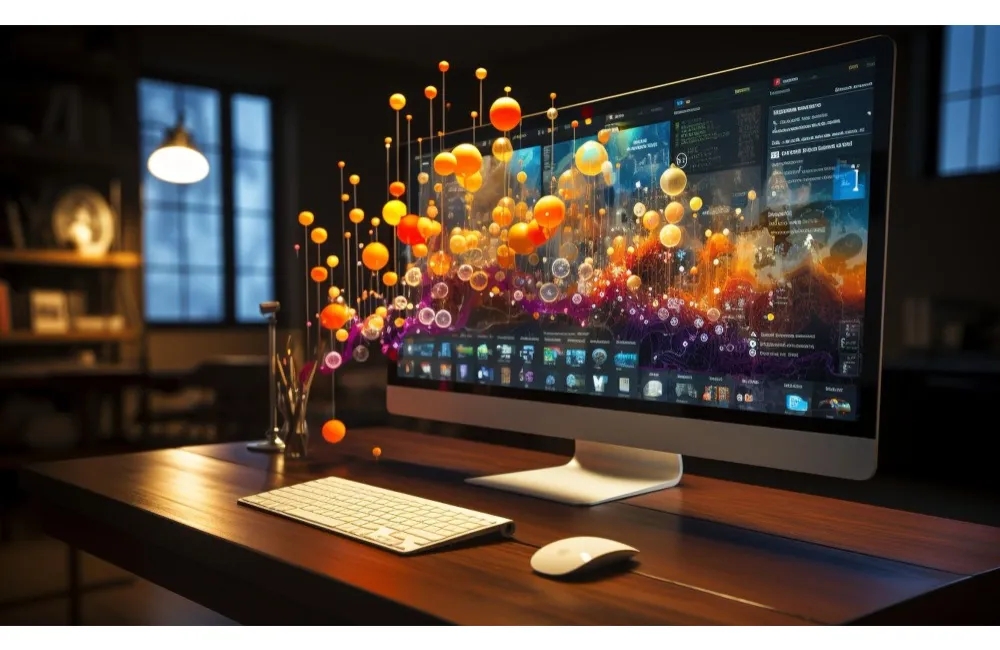
Tools and technologies for visual SEO provide indispensable support for creating, optimizing, and analyzing visual content. These tools encompass a diverse range of functionalities, from sophisticated image editing software that enhances graphics to specialized SEO plugins that streamline optimization tasks and refine strategies for maximum impact and ROI.
Here are 07 essential tools tailored to assist in various aspects of visual SEO:
- Adobe Photoshop: This is a professional-grade software offering advanced features for editing and enhancing images to perfection.
- Removal.AI: Unlock the power of visual SEO with Removal.AI, a cutting-edge tool that makes background removal from images easier. You can enhance your visual content to captivate your audience and boost your SEO rankings with its various features and drive traffic to your website.
- Canva: Nowadays, Canva has become so popular because the platform oozes the Ideal tools for creating visually appealing graphics with ease, even for those without extensive design experience.
- Yoast SEO: This is a WordPress plugin offering real-time SEO analysis and suggestions, including visual content optimization tips.
- Ahrefs Keyword Explorer: A valuable tool for finding relevant keywords to optimize visual content for search engines.
- SEMrush: This tool allows you to check this all-in-one SEO toolkit, which provides comprehensive tools for keyword research, competitor analysis, and website auditing.
- Unkover: It is an awesome tool to keep an eye on your competitors. You can track not just their marketing activities but also their content strategy, page changes, and more. With this tool, you can monitor your competitors’ visual changes on their pages and adopt their best new implementations.
The Evolving Role of Graphic Design in SEO
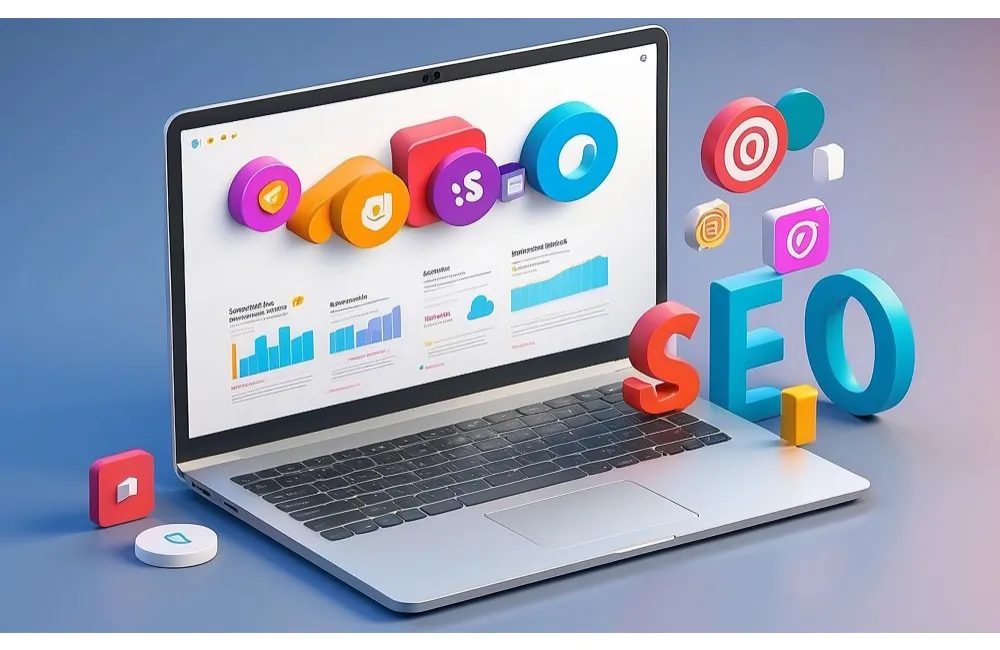
Moreover, emerging technologies are rapidly reshaping the landscape of graphic design in SEO, introducing innovative approaches to content creation and optimization. AI-generated visuals, for instance, are revolutionizing the process by automating tasks such as image creation and optimization, thereby improving efficiency and quality. Additionally, advancements in augmented reality (AR) and virtual reality (VR) present exciting new opportunities for immersive visual experiences, enhancing user engagement and further amplifying the effectiveness of graphic design in SEO strategies. As these technologies continue to evolve at a rapid pace, businesses must stay abreast of the latest developments to maintain a competitive edge in the dynamic digital landscape.
Understanding analytics is paramount for measuring the impact of graphic design on SEO performance and making informed strategic decisions. By meticulously tracking key metrics such as website traffic, engagement rates, and conversion rates, businesses can accurately assess the effectiveness of their visual content in driving organic search discoverability and user engagement. Analytics provide valuable insights into audience behavior and preferences, empowering businesses to tailor their graphic design in SEO strategies to resonate more effectively with their target audience and optimize their visual content to improve search engine rankings, enhance brand visibility, and ultimately drive meaningful results and conversions.
Challenges and Pitfalls in Visual SEO
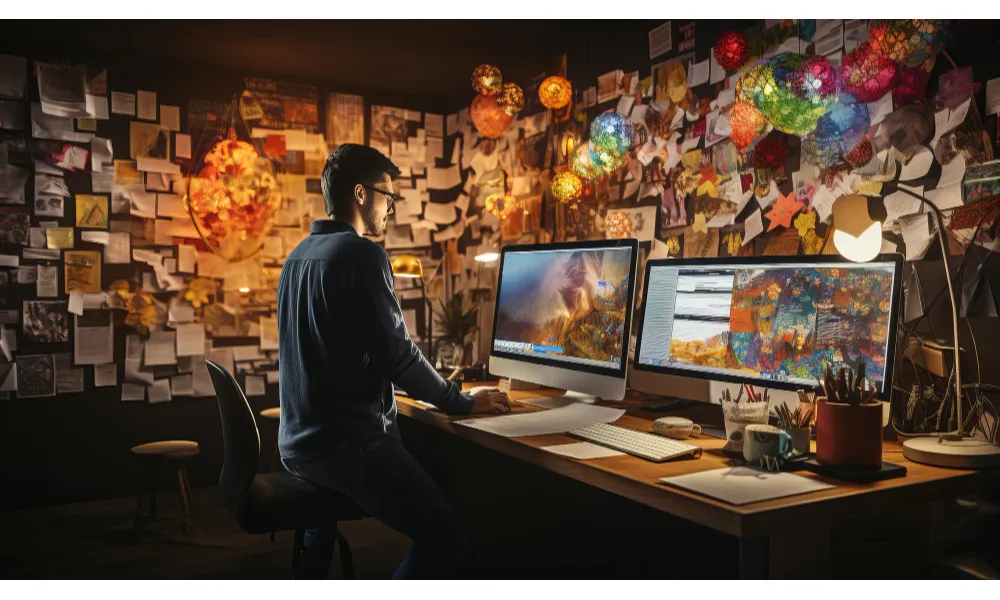
Learning the impact of images on SEO performance requires a grasp of relevant metrics and integrating graphic design into SEO strategies. Businesses gain valuable insights into how visual content influences user engagement, search engine rankings, and organic traffic through various measures, highlighting the significance of graphic design in SEO. Metrics such as time on page and bounce rate indicate content usefulness, while tracking traffic sources helps assess visual content’s contribution relative to other sources.
Effective visual content creation demands a delicate balance between SEO criteria and aesthetic appeal, with graphic design playing a pivotal role in optimizing SEO efforts. While eye-catching designs attract visitors, SEO specifications ensure content visibility and high search engine rankings. Prioritizing user experience is paramount, with readability, clarity, and engagement taking precedence. Rich visuals, appealing layouts, and user-friendly navigation enhance user satisfaction, leading to longer dwell times and lower bounce rates—factors crucial for search engine rankings.
Navigating copyright and intellectual property laws surrounding visual content is essential for businesses and creators to avoid legal issues and protect their creations. Obtaining proper permits and understanding copyright rules are imperative for using visual content ethically and legally. Original visual content is automatically copyrighted, granting creators exclusive reproduction rights. Managing copyright and intellectual property requires diligence, respect for creators’ rights, and a thorough understanding of relevant laws. Proactively addressing these complexities enables businesses to safeguard their intellectual property rights while respecting others’ rights and avoiding legal complications.
Conclusion
Graphic design serves as a cornerstone in amplifying the effectiveness of SEO endeavors, offering a wide array of opportunities for enhancing online presence and visibility. The dynamic interplay between visually captivating content and search engine algorithms highlights the indispensability of incorporating graphic design in SEO strategies, including essential practices like visual content optimization. Moreover, graphic design allows businesses to create unique and memorable brand experiences that resonate with their audience, fostering brand loyalty and recognition. Thus, it is imperative for businesses and web designers to fully embrace this symbiotic relationship, leveraging the power of visual storytelling to captivate audiences and drive meaningful engagement.
After all, by harnessing the combined potential of graphic design and SEO, organizations can not only optimize their digital footprint but also forge stronger connections with their target audience, ultimately propelling them toward sustained growth and prosperity in the ever-evolving digital landscape.


